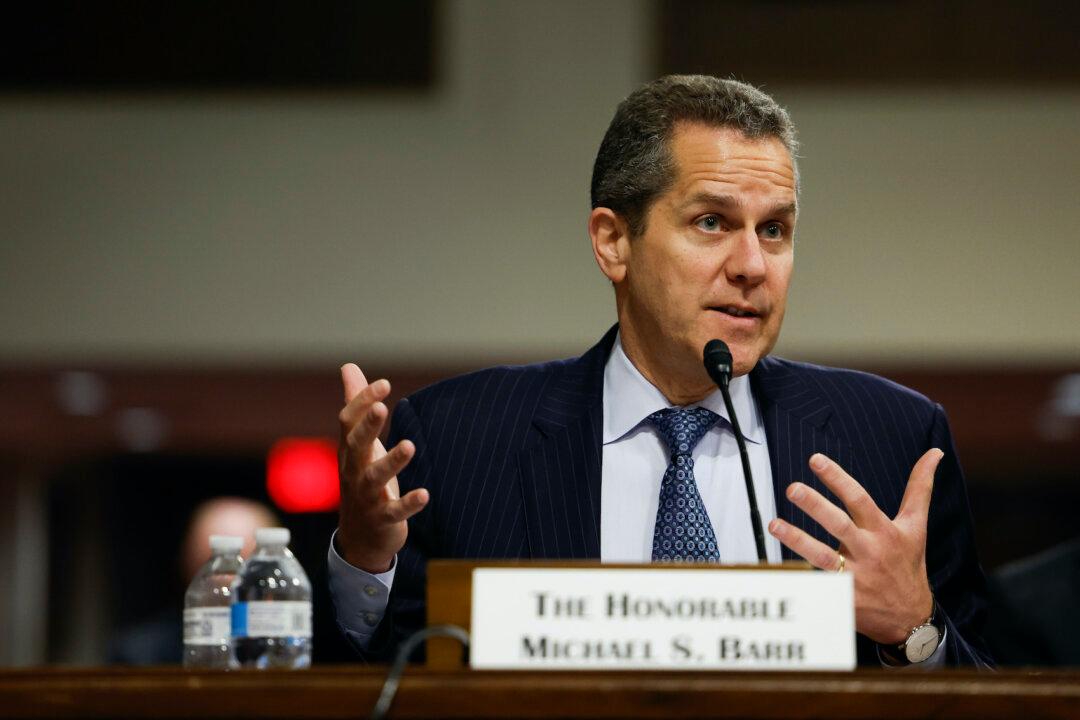Artificial intelligence (AI) could come with advantages and risks in the financial system, according to the Federal Reserve’s (Fed’s) chief banking regulator.
Michael S. Barr, Fed vice chair for supervision, told the National Fair Housing Alliance 2023 National Conference on July 18 that underserved communities could have greater access to housing because AI technology, such as machine learning, might ensure that affordable credit is given to “people who otherwise can’t access it.”





